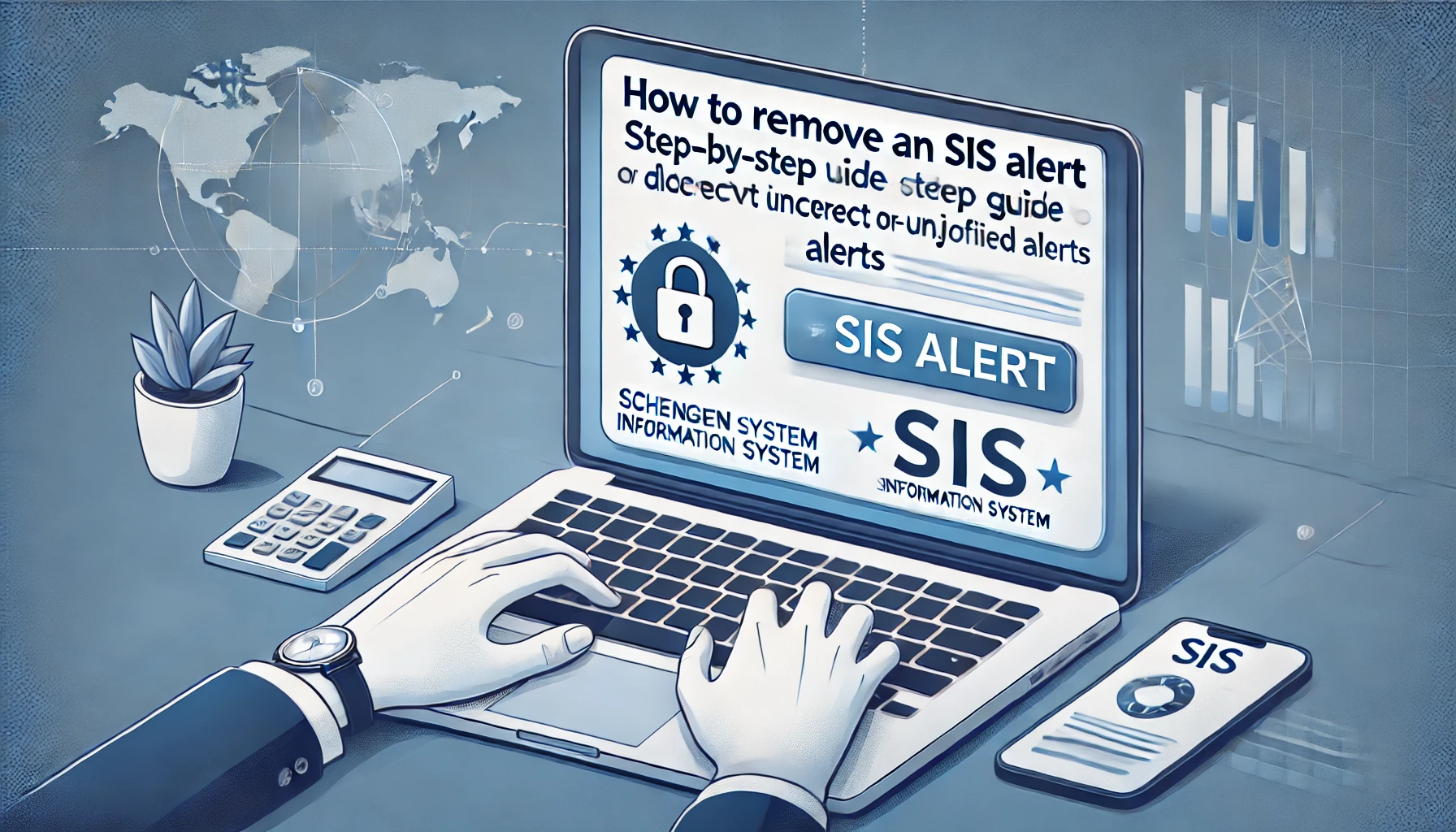How to Delete a Process from SIS Alert
The Schengen Information System (SIS) is a crucial security database used by Schengen Area countries to monitor individuals and objects of interest. If you find yourself listed in an SIS alert, it can affect your ability to travel, reside, or conduct business within the Schengen region. Removing an incorrect or outdated alert is possible, but the process requires a structured approach. In this blog post, we will guide you through the steps to request the deletion of an SIS alert.
Understanding SIS Alerts
SIS alerts can be issued for various reasons, including:
- Wanted persons: Individuals subject to extradition requests or arrest warrants.
- Refused entry or stay: Persons banned from entering the Schengen Area.
- Missing persons: Individuals reported as missing, including minors.
- Surveillance subjects: Persons under discreet or specific control for security reasons.
- Stolen or lost property: Including passports, vehicles, and firearms.
If an alert against you is unjustified, outdated, or incorrect, you have the right to request its removal.
Steps to Delete a Process from SIS Alert
Step 1: Identify the Issuing Member State
Only the country that created the alert has the authority to modify or delete it. The first step is to determine which Schengen state issued the SIS alert against you. You can do this by contacting the relevant national authority responsible for SIS data.
Step 2: Request Access to Your SIS Data
You have the legal right to access personal data stored in the SIS under the General Data Protection Regulation (GDPR) and national laws. You should submit a formal request to the Data Protection Authority (DPA) or the appropriate government agency in the issuing country.
Your request should include:
- Your full name and identification details
- Proof of identity (passport or ID card copy)
- A request for information on any SIS alerts against you
- A request for correction or deletion if necessary
Step 3: Submit a Request for Deletion
If the SIS alert is inaccurate, outdated, or unlawfully issued, you can formally request its deletion. The request should be well-supported with:
- Legal arguments
- Documentation proving the alert is incorrect (e.g., court decisions, updated immigration status, etc.)
- Any supporting evidence that justifies the removal of the alert
Submit this request to the issuing authority in the respective country, either via their Data Protection Office or the national SIS authority.
Step 4: Await Response and Follow Up
Authorities are required to process your request within a reasonable time. If you do not receive a response or the alert is not removed, follow up with additional requests and maintain written records of your communications.
Step 5: Seek Legal Remedies if Necessary
If your request is denied, you have the right to appeal the decision in the issuing country’s administrative or judicial system. You can also:
- Contact the national Data Protection Authority (DPA) for further assistance.
- File a case in national or European courts.
- Seek legal assistance from a lawyer specializing in Schengen immigration and data protection laws.
Key Considerations
- Legal Assistance: Hiring an experienced lawyer can improve your chances of success.
- Timeframe: Processing times vary but can take weeks to months.
- Automatic Review: SIS alerts are reviewed periodically, but proactive requests can speed up their removal.
Conclusion
Deleting an SIS alert requires persistence and legal knowledge, but it is possible by following the correct procedures. If you suspect an unjustified alert against you, act promptly to safeguard your rights and freedom of movement within the Schengen Area.
Need expert help? Consider consulting an immigration lawyer or data protection expert to navigate the complexities of SIS alert deletion.
For free help and advice, feel free to contact us:
- Website: www.aseworld.com
- Email: adseworld.com@gmail.com
- WhatsApp: +351-920009133


